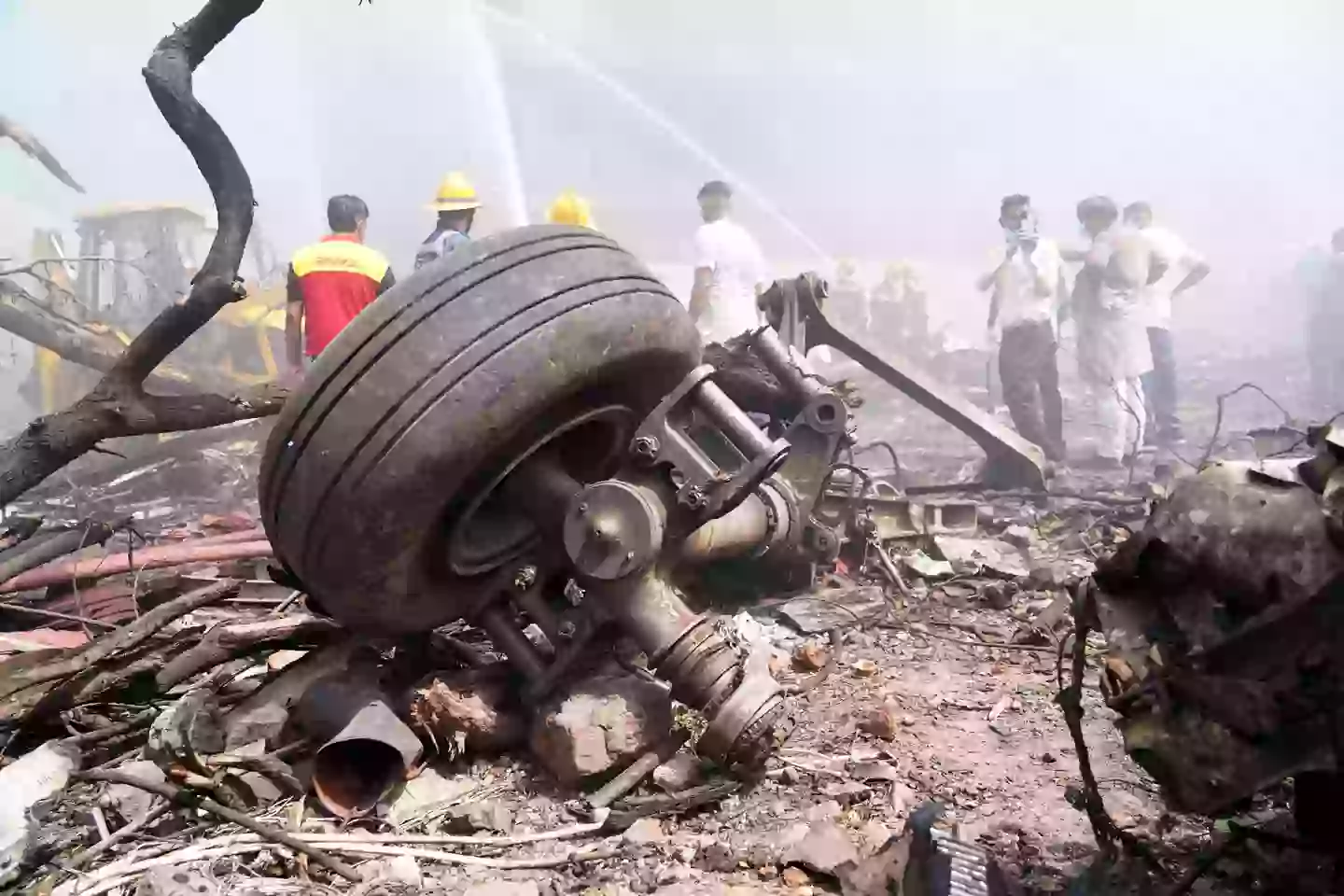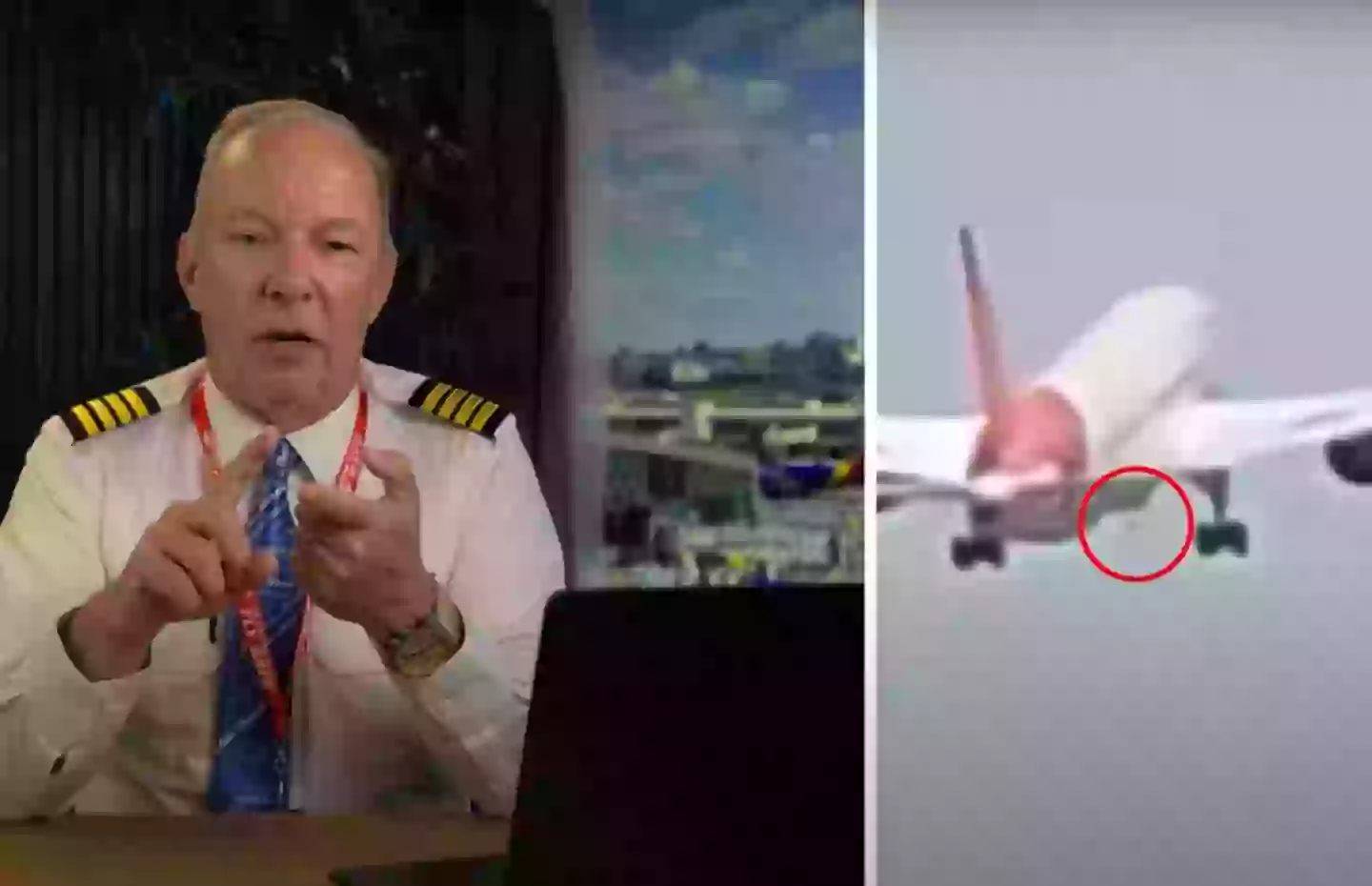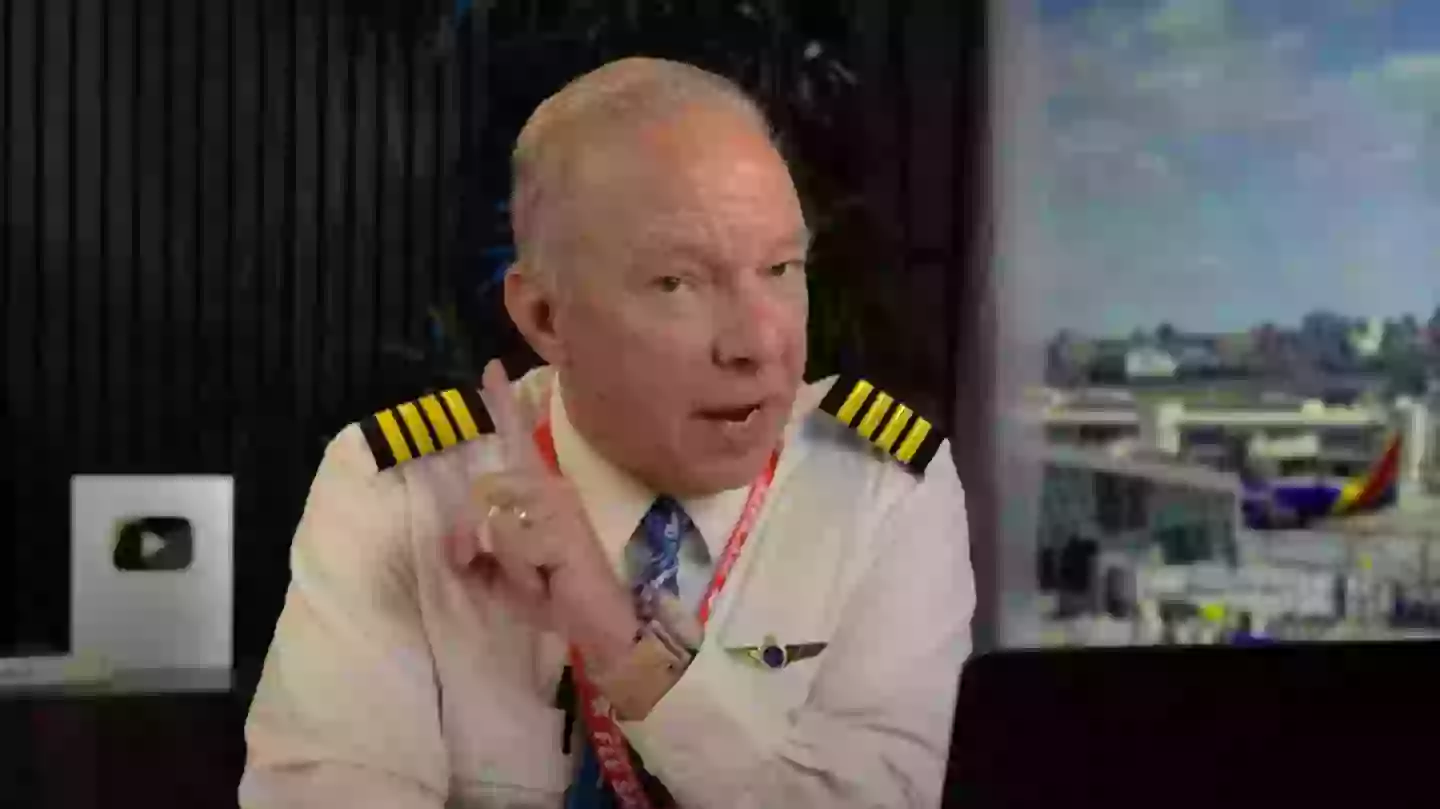An aviation expert has analyzed the video footage of the crash and provided insights that support a particular theory about the incident. He detailed his perspective on the possible events leading to the crash.
The Air India flight, which was scheduled to depart Ahmedabad for London, Gatwick, on June 12, crashed shortly after takeoff.
The flight had 242 passengers and crew onboard. Among them were 169 Indian nationals, 53 British nationals, 1 Canadian national, and 7 Portuguese nationals.
The only reported survivor of the crash was a 40-year-old British national, Vishwash Kumar Ramesh.
Condolences have been pouring in globally, and officials have vowed to uncover the cause of the tragic accident.

As investigations are launched, aviation specialists have begun analyzing the available footage and data to hypothesize about the crash’s causes.
Captain Steve Schreiber, a commercial airline pilot and YouTuber, recently discussed a theory he believes is confirmed by the video footage showing the plane just before its descent.
In his analysis, he suggested the aircraft experienced a double engine failure, preventing it from generating sufficient power to maintain flight.
He stated: “I’m going to show you something and explain it because it is a total game changer.
“Right there, my friends, take a look, a lot of people have been talking about the RAT had deployed, what is a RAT?”
Captain Steve highlighted a freeze frame of the Boeing 787 Dreamliner moments before the crash, identifying a segment of the plane’s underside.
He noted that the footage suggests the deployment of the RAT, ram air turbine, and explained its function.
He mentioned that for this aircraft model, the RAT activates automatically under three conditions: “A massive electrical failure, a massive hydraulic failure, or a dual engine failure.”

He elaborated: “It looks like a little Evinrude motor, it’s a little two-bladed prop. Its function is to provide electrical and hydraulic pressure for the aircraft in an extreme emergency.
“The purpose of the ram air turbine is to provide electrical and hydraulic pressure for the aircraft in an extreme emergency.”
He pointed out that the small mark, highlighted in his analysis, indicates that the RAT was engaged. However, he clarified that it is not typically deployed at such low altitudes.
He continued: “It is evidence for us it was dual engine failure, most likely. It could have been electrical issue, it could have been hydraulic issue, it could have been either one of that. But I think the fact the airplane is mushing out the sky gives the idea it was a dual engine failure.”
Although the captain is confident about his conclusions, it remains a theory until Indian authorities release their findings on the crash’s cause.

